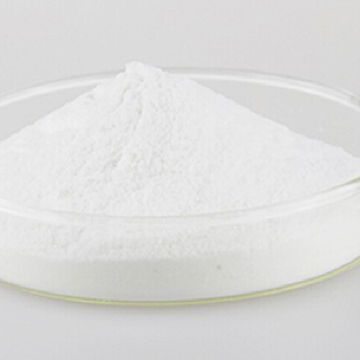
FOB Price
Obtener el precio más reciente|
Minimum Order
Place of Origin:
-
Price for Minimum Order:
-
Minimum Order Quantity:
-
Packaging Detail:
-
Delivery Time:
-
Supplying Ability:
-
Payment Type:
-
Persona de contacto Mr. Jimmy
Xiangxie Lishe Community 5-15�131 Qianqiu Road, Ga, Shijiazhuang, Hebei